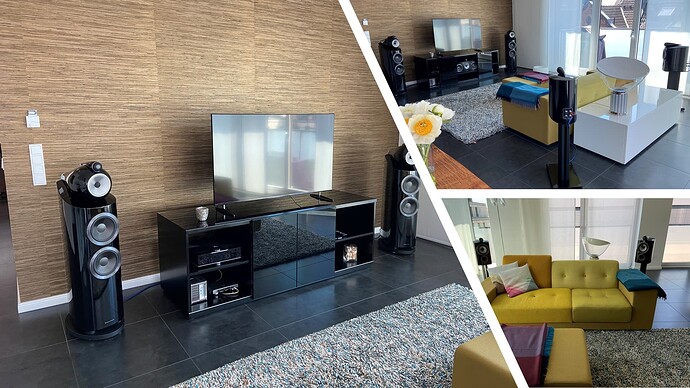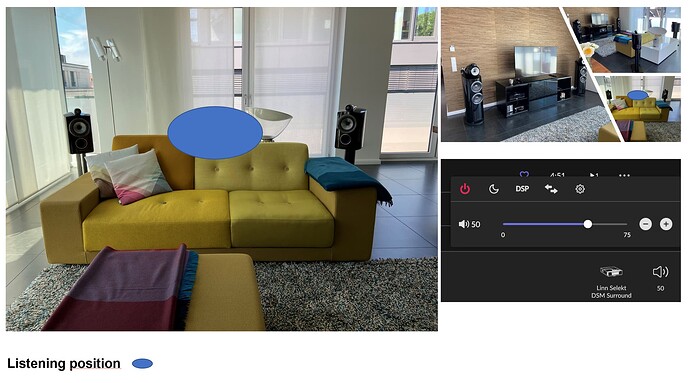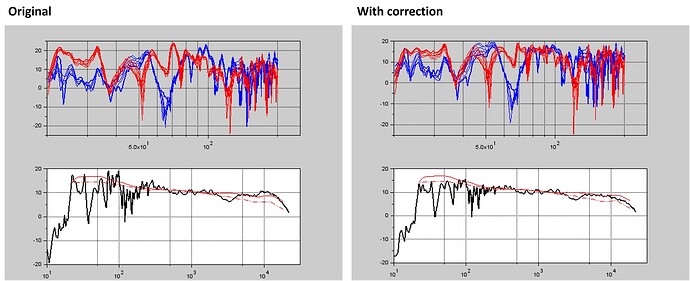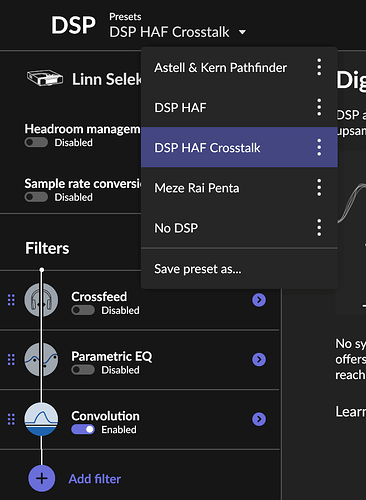I have been using convolution filters for some time now with my IEM’s and I am quite happy with the result - Thanks @killdozer
So, I thought why not do the same on the main setup:
There are many interesting options regarding room correction. But some of them are not that easy to understand, at least not for me ![]()
But then I did get a very nice tip from @Kuryan_Thomas (Thanks) that sounded easy to measure and implement.
So, after buying a miniDSP UMIK-1 I contacted Home Audio Fidelity in France.
The next step was to take the 9 recommended measurements, the first at the main listening position and 8 more 30-60cm around the sweet spot.
I saved these and sent them to Home Audio Fidelity including 3 tracks. That was easy. Now I just have to wait for the convolution filters.
But no - Home Audio Fidelity did get back to me quite fast:
“Having a closer look, I found out that you have a polarity inversion b/w your speakers: could you please double check your external cabling?”
Wow ![]() That was the case. A week before I had unplugged all speaker cables but did not connect then the right way again
That was the case. A week before I had unplugged all speaker cables but did not connect then the right way again ![]()
So, I had to do all measurements over again ![]()
I received the 3 tracks back: The modified versions : a_mod version corresponding to the standard correction and the _mod_xtalk which has crosstalk reduction on top (generic model).
Did some testing but it was very hard to hear a difference compared to the original tracks. A small improvement in SQ with the crosstalk version. A bit strange.
I realised that perhaps I hadn’t chosen the best track to test the full capabilities of the process.
But then I thought, let’s spend the 159 EURO on the full-blown version. If there would be no improvement, than it would be sunk cost.
Well, the filters arrived quickly after payment.
It’s certainly different to any other “upgrade” that I have done.
Initial findings are positive with the crosstalk filter. Instruments are clearer and more defined – a better soundstage.
I will be listening to a wide variety of music this WE and then report back and see what tweaking may be needed. If any!
So still work to do.
Have a nice WE
Torben
PS: Still having trouble to understand the difference:



